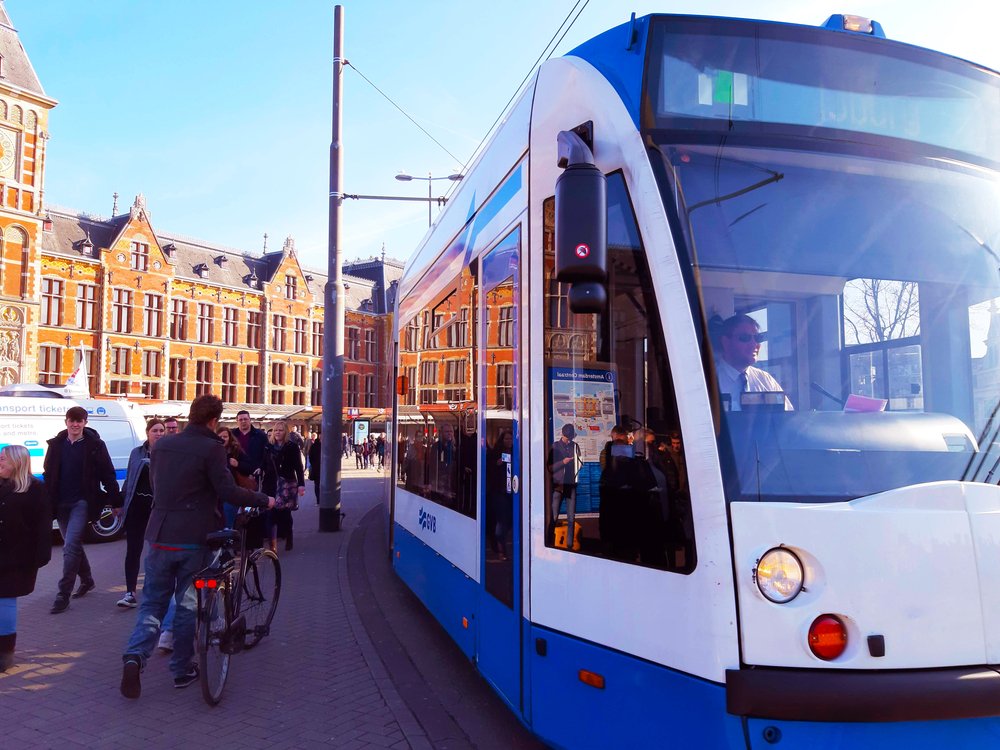"Public transport is more important than you think."
In today's society, where sustainability and efficiency are increasingly high on the agenda, public transport plays a crucial role in the mobility of cities. Nico van Paridon, new mobility and innovation strategist, sheds light on an often underestimated aspect of this form of mobility. He states that, despite prevailing perceptions, the use of public transport during peak hours contributes significantly to reducing traffic pressure and promoting a more sustainable urban environment.
According to figures from Statistics Netherlands (CBS), the average Dutch person travels half of his travel distance as a car driver, with a smaller share for public transport. However, Van Paridon notes that these statistics a distorted image showing the real impact and importance of public transport, especially during peak hours in urban areas such as Amsterdam.
"What strikes me is the relatively small share of public transport. When I travel in Amsterdam in the morning, I see a completely different picture. Overflowing trains and metros that move enormous numbers of people at high frequency."
Nico van Paridon - Strategist for new mobility and innovation
An in-depth analysis of travel patterns during rush hour shows that public transport, especially in the Amsterdam region, handles a significant share of travelers. On the A10 west, for example, the ratio of people traveling by public transport to car is 69%. Even more impressive is the situation on the A2 near the Bijlmer ArenA, where the ratio rises to 188%, with trains and metros carrying significantly more people than cars.
These figures suggest that public transport, despite its relatively small share of total passenger kilometres, plays a vital role in facilitating mobility in busy urban centres. It not only helps reduce traffic congestion, but also contributes to reducing the environmental impact of urban travel.

"I think that a high percentage of public transport in the busiest hour of rush hour applies to all urban regions. Not only in Amsterdam and Rotterdam, but also in Eindhoven, Groningen, etc."
Nico van Paridon - Strategist for new mobility and innovation
Van Paridon emphasizes that the standard passenger kilometer statistics provide an absolute picture that is not weighted by economic accessibility or the contribution to reducing traffic congestion. The focus on the busiest hour of rush hour in urban regions reveals another, often overlooked, story. This story emphasizes the essential contribution of public transport to the liveability and sustainability of cities.
The insights of Nico Van Paridon invite a broader debate on mobility and urban planning. He encourages colleagues to conduct similar analyzes in other urban regions, with the expectation that high rates of public transport use during peak hours are a common feature of efficient and sustainable urban mobility systems.
Van Paridon's analysis offers an important contribution to the understanding of mobility dynamics in Dutch cities. It underlines the importance of investing in and developing public transport networks, not only as a means of reducing traffic congestion, but also as an essential part of a sustainable urban future.




